Unlocking History: The Evolution of Antique Doorknobs
Doorknobs are more than mere functional tools—they are pieces of history that reflect the design trends, technological advances, and cultural shifts of their time. From humble beginnings to ornate masterpieces, the evolution of antique doorknobs tells a fascinating story about craftsmanship and style.
Early Beginnings: Handmade Simplicity
Before the advent of doorknobs, latches and locks were the primary methods of securing doors. In the 18th century, as more sophisticated homes emerged, the first handmade doorknobs were crafted. Typically made of wood or iron, these knobs were functional and straightforward. Their designs often depended on the skill of the blacksmith, with some featuring basic decorative elements like grooves or hammered textures.
The Rise of Glass and Porcelain (1820s–1860s)
As the Industrial Revolution advanced, materials became more varied and affordable. Glass and porcelain doorknobs gained popularity in the mid-19th century, prized for their elegance and affordability. These knobs often featured vibrant colors, intricate floral patterns, or swirls, bringing a touch of artistry to everyday objects.

Porcelain knobs, sometimes called "mineral knobs," were especially favored in both modest and grand homes. They were durable, easy to clean, and could be produced in a range of styles, from simple white to elaborate painted designs.

Victorian Grandeur: The Height of Ornate Design (1860s–1900s)
The Victorian era marked the golden age of doorknob design. Reflecting the opulence of the time, doorknobs were crafted from luxurious materials such as brass, bronze, and crystal. Intricate patterns became the norm, often featuring floral motifs, geometric shapes, and detailed engravings inspired by the Gothic, Rococo, and Neoclassical styles.
Innovations in casting and mass production techniques allowed manufacturers to produce highly detailed designs at a reasonable cost. The hardware became a status symbol, with ornate knobs adorning the homes of the wealthy and simpler brass versions found in middle-class residences.
Art Deco and Streamlined Designs (1920s–1930s)
The early 20th century saw a shift toward the sleek and geometric designs of the Art Deco era. Doorknobs reflected this trend with bold, symmetrical patterns and streamlined shapes. Materials like Bakelite, an early form of plastic, became popular for their versatility and modern aesthetic. Brass and chrome finishes were also common, blending function and style for the growing suburban landscape.
Functional Simplicity in the Mid-Century Era (1940s–1960s)
After World War II, practicality and efficiency took precedence. Doorknobs became simpler, with clean lines and unadorned designs reflecting the minimalist ideals of the era. Materials like steel and aluminum became standard, chosen for their durability and cost-effectiveness.
Preserving the Legacy of Antique Doorknobs
Today, antique doorknobs are cherished for their craftsmanship and history. They bring character to modern homes and serve as a tangible link to the past. Restoring and incorporating antique knobs is not only a sustainable choice but also a way to preserve a piece of history.

Whether you favor the ornate charm of the Victorian era or the bold simplicity of Art Deco designs, antique doorknobs continue to offer timeless beauty and functionality. Explore our collection at Antique Hardware Supply to find the perfect piece to unlock your home’s history.



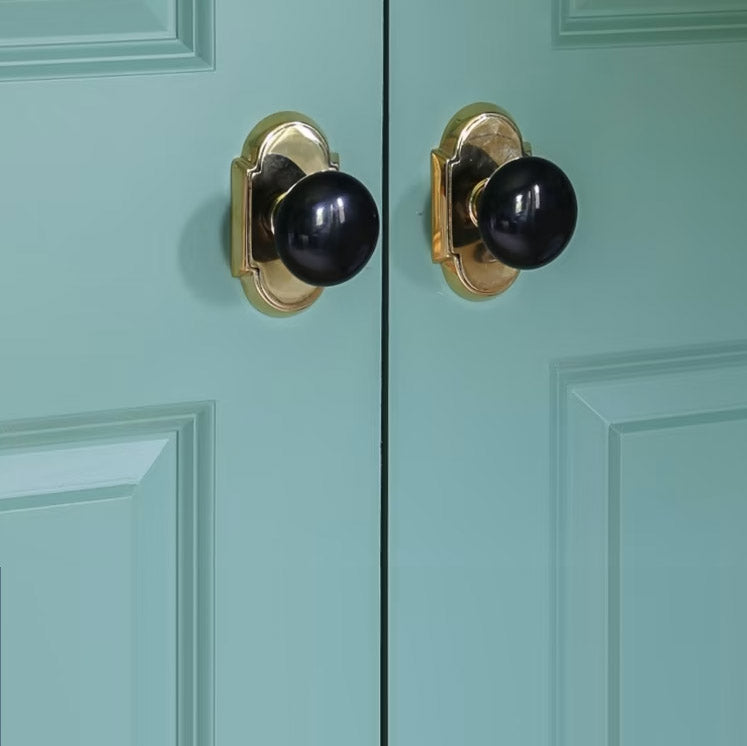
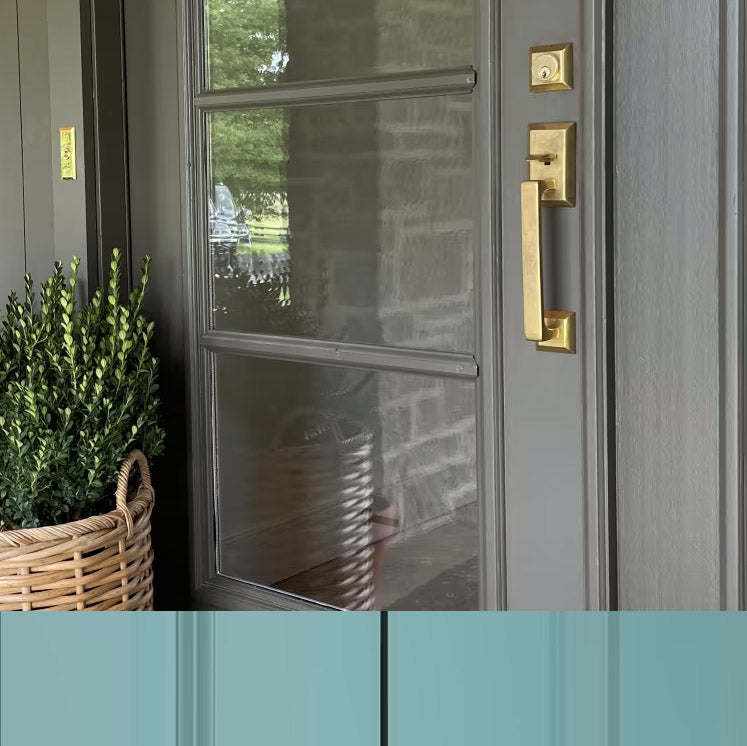
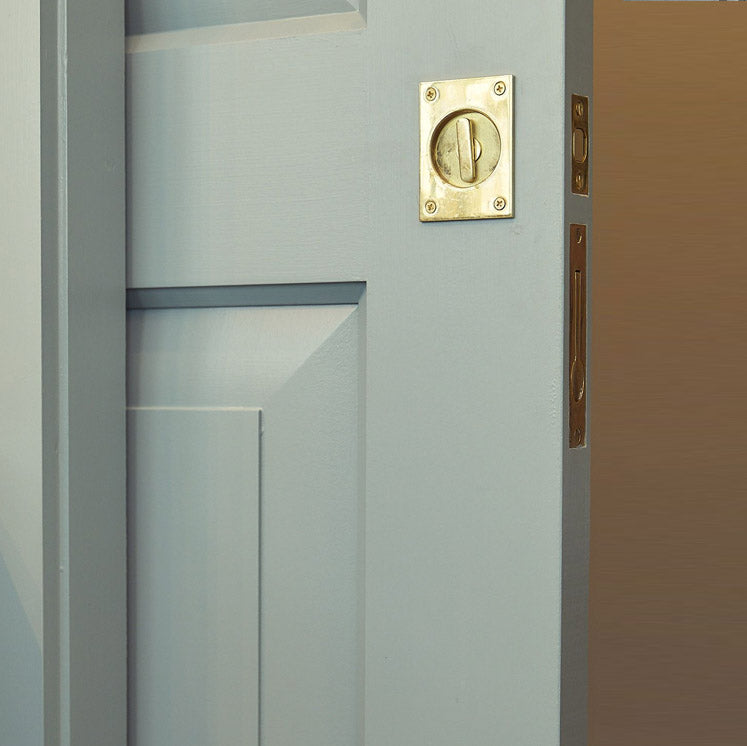
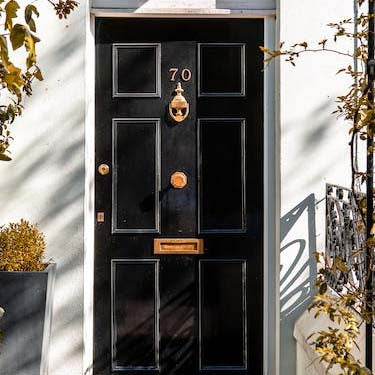
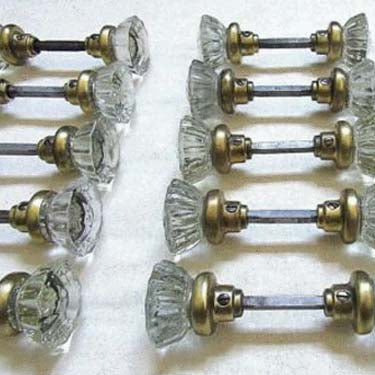

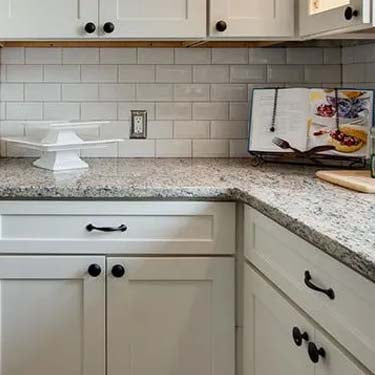
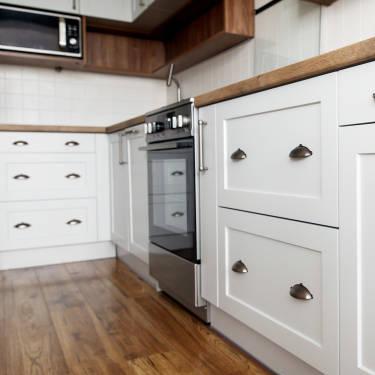
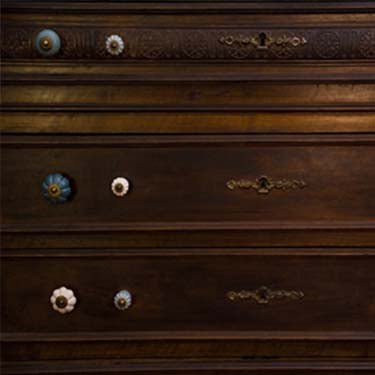
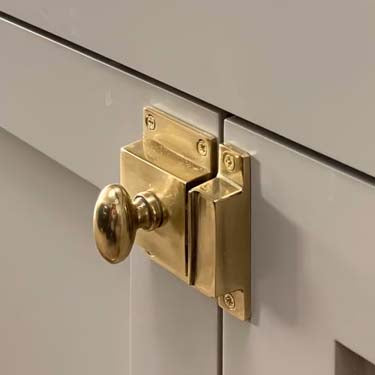
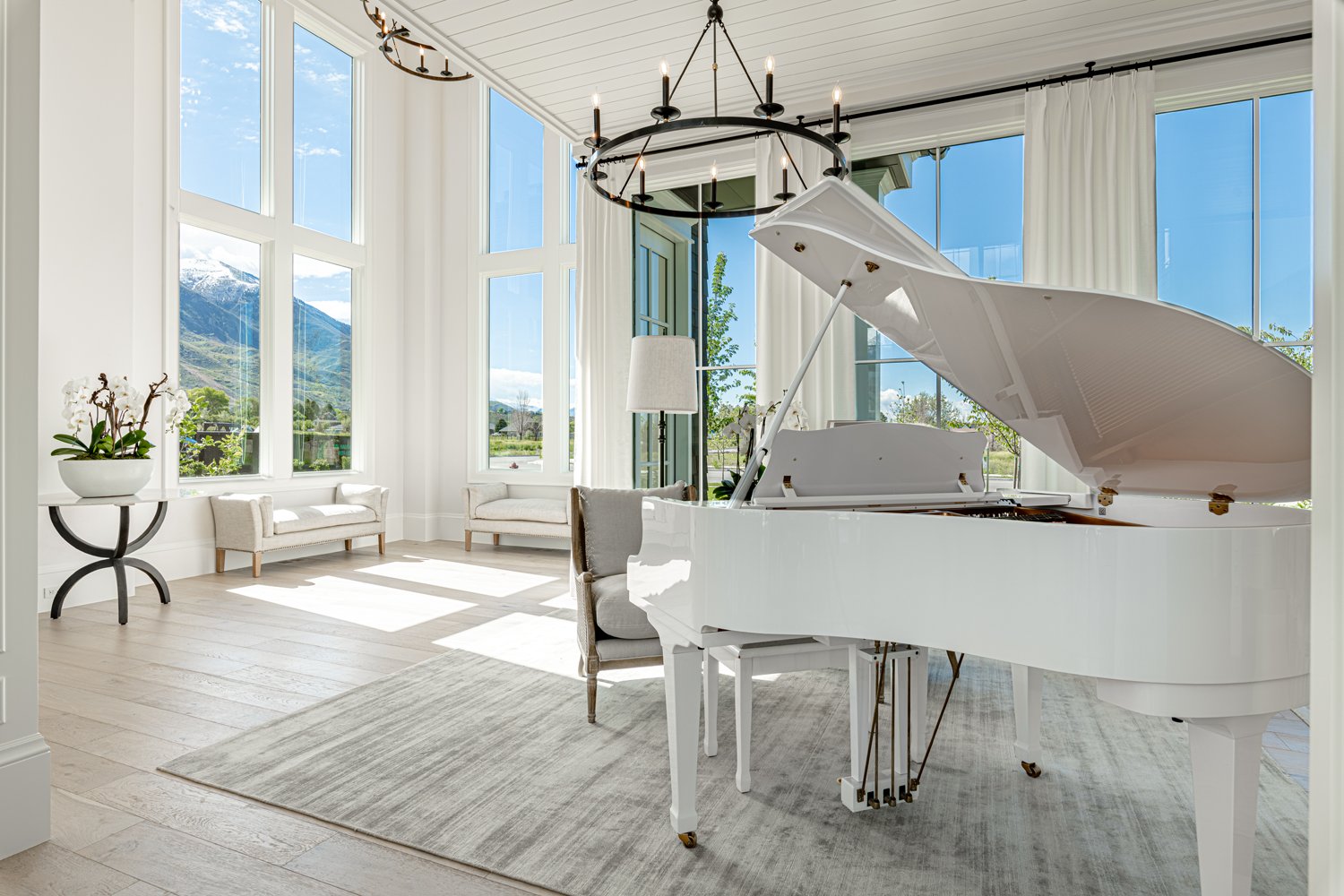
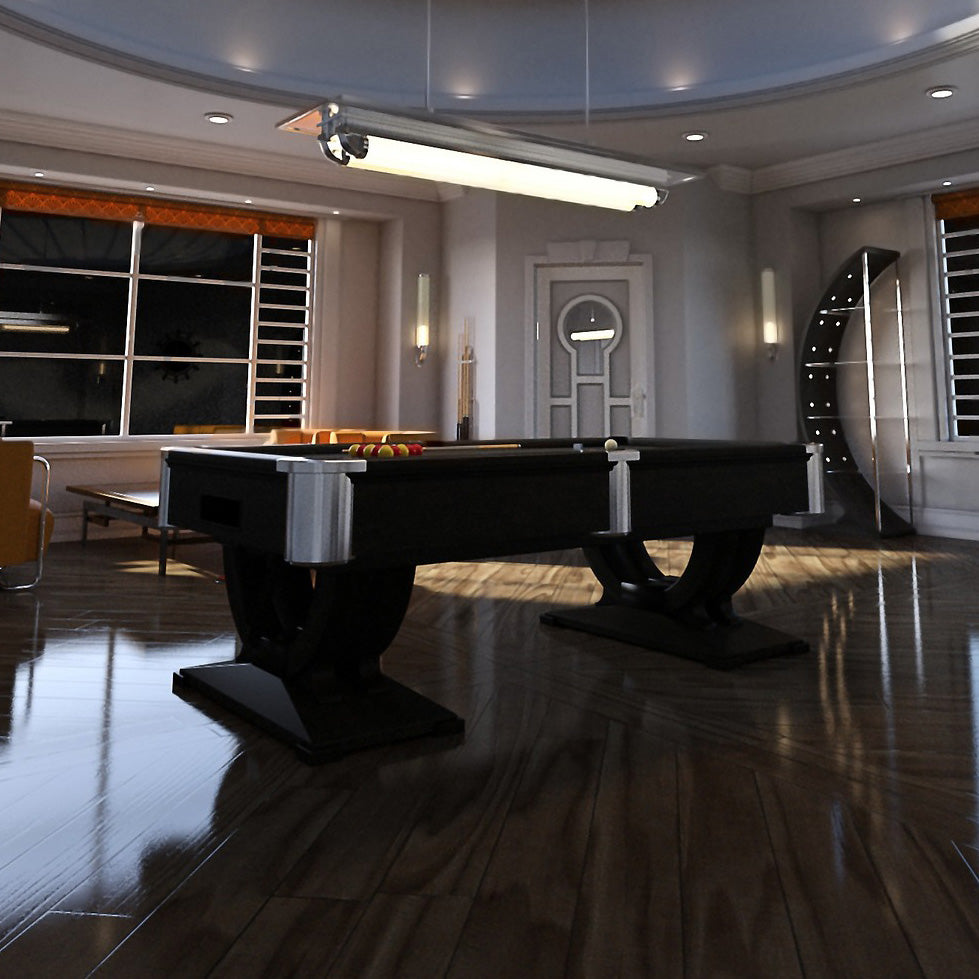
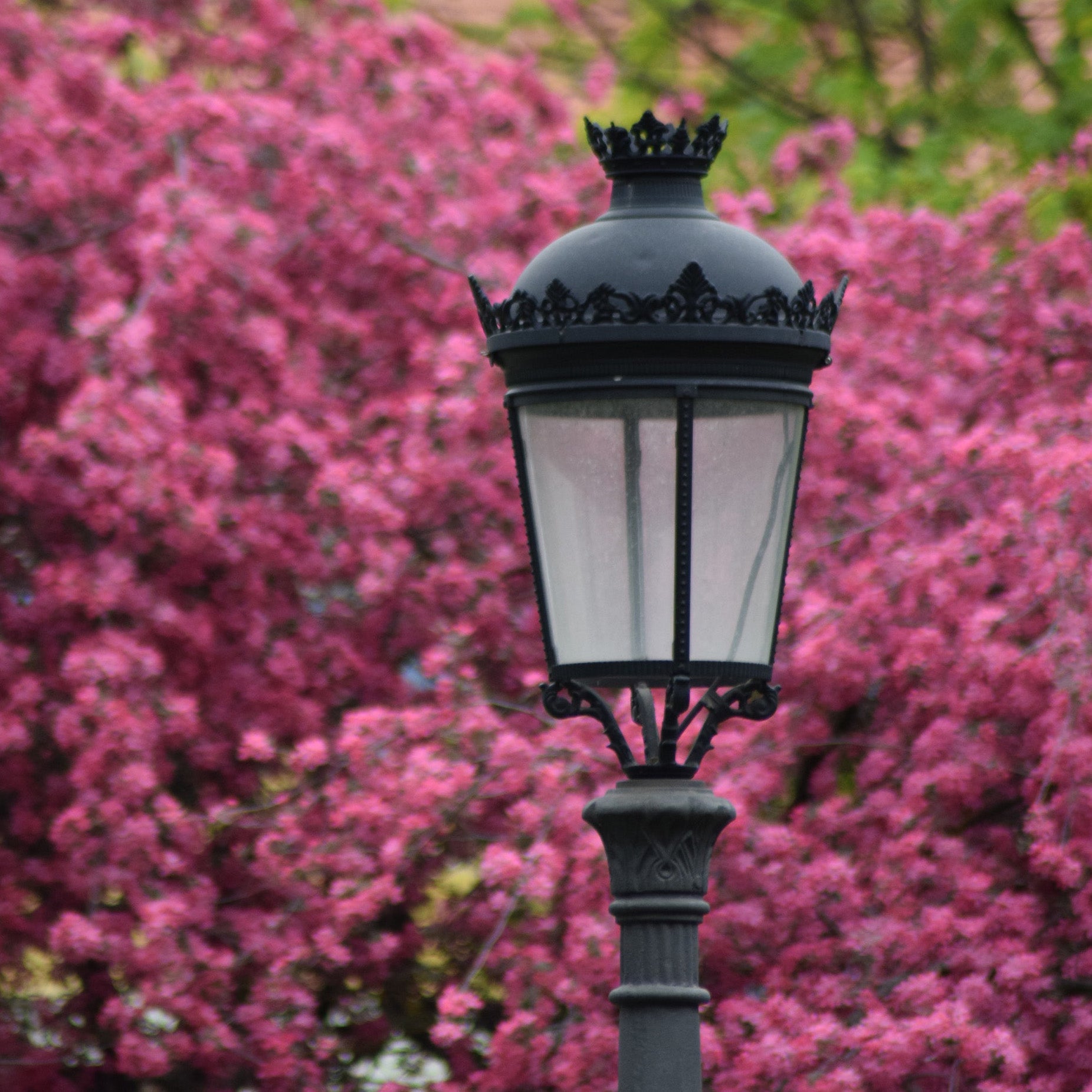
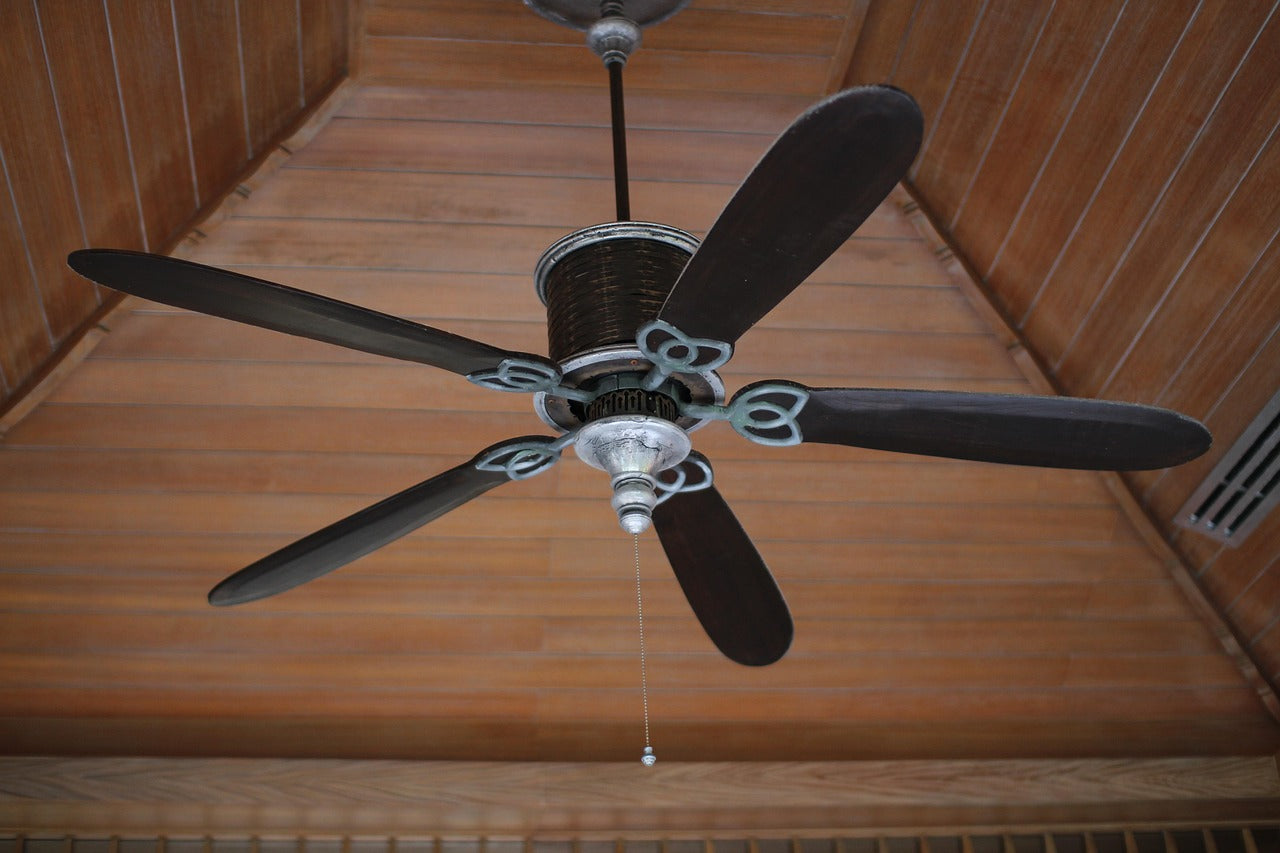
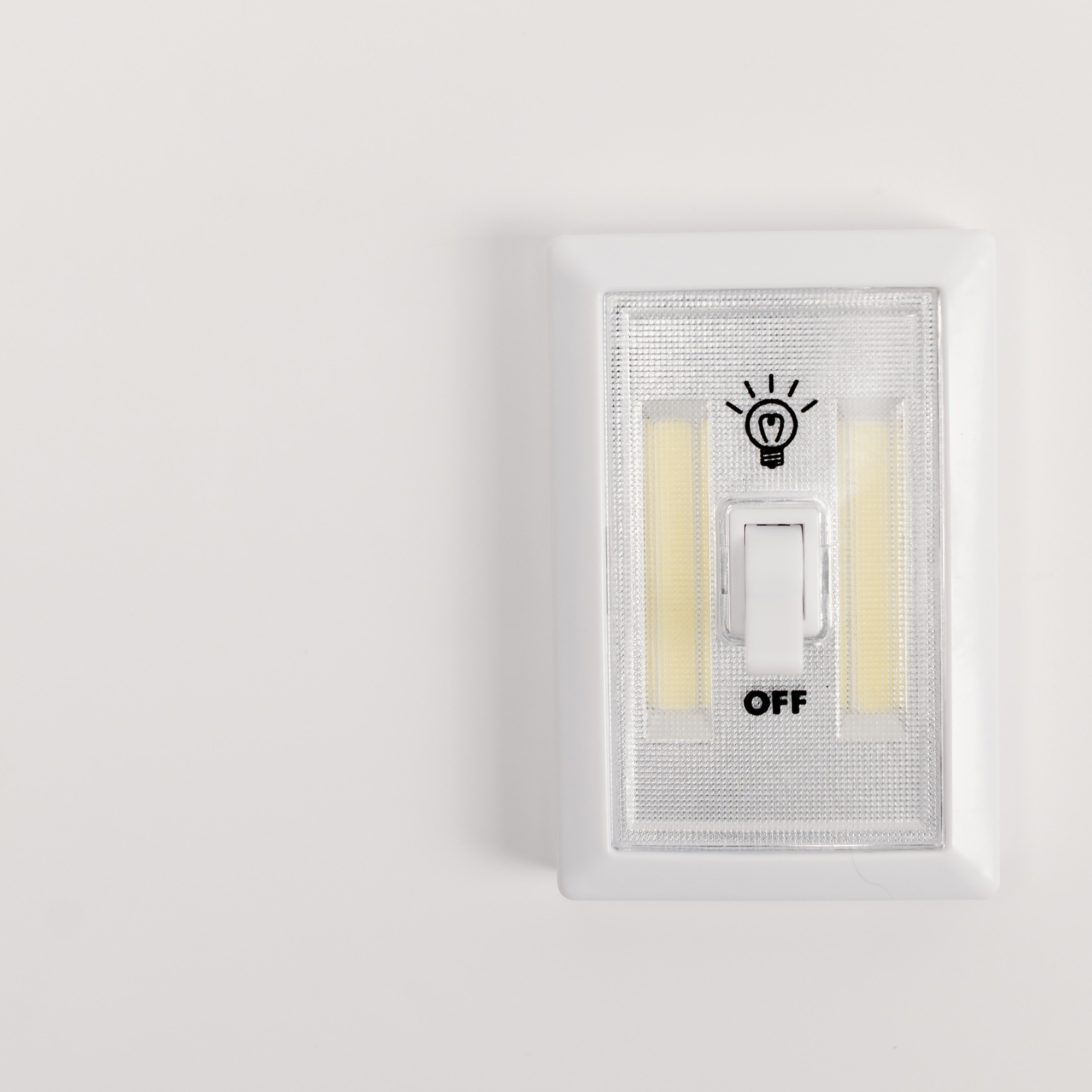
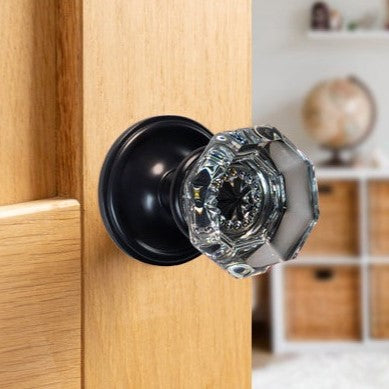




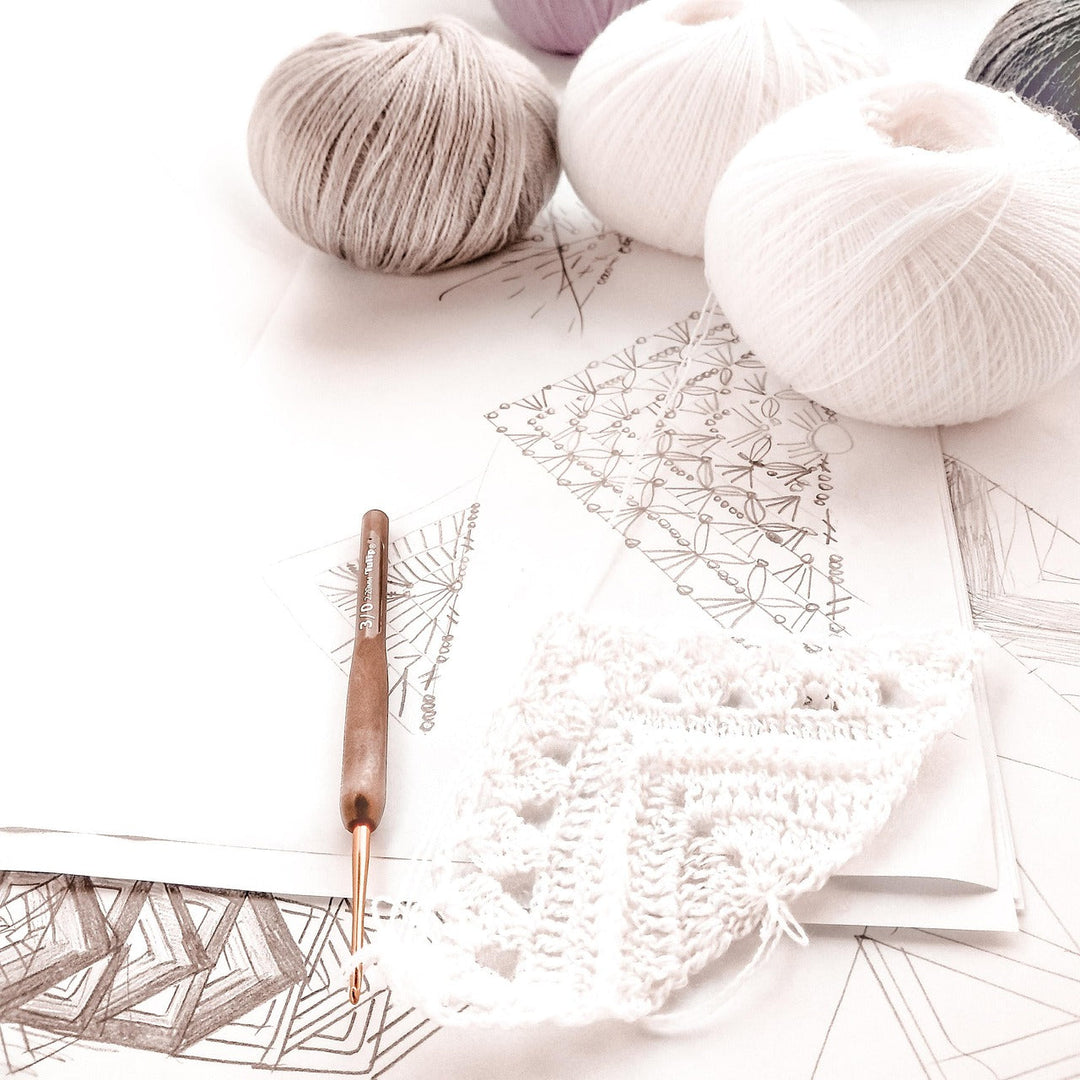
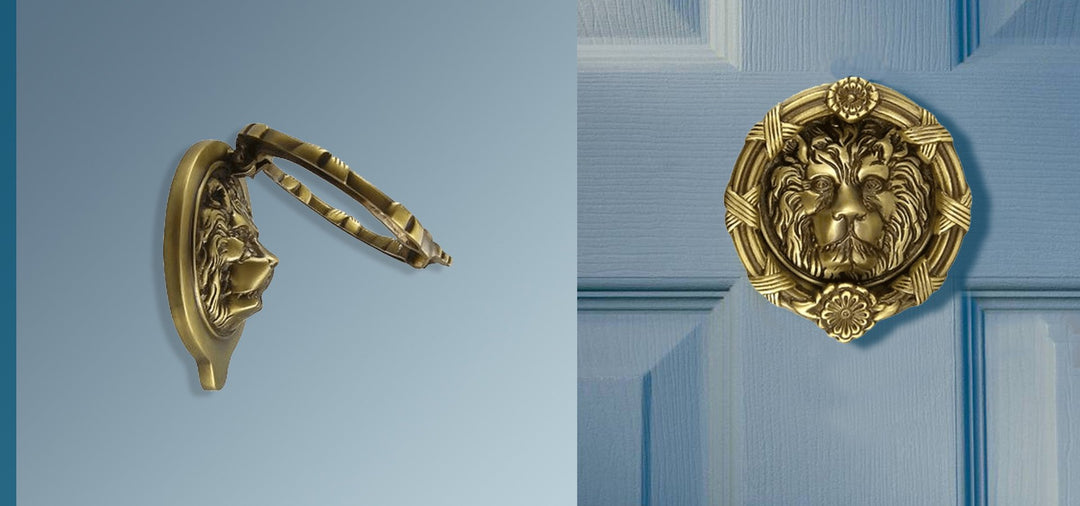
Leave a comment